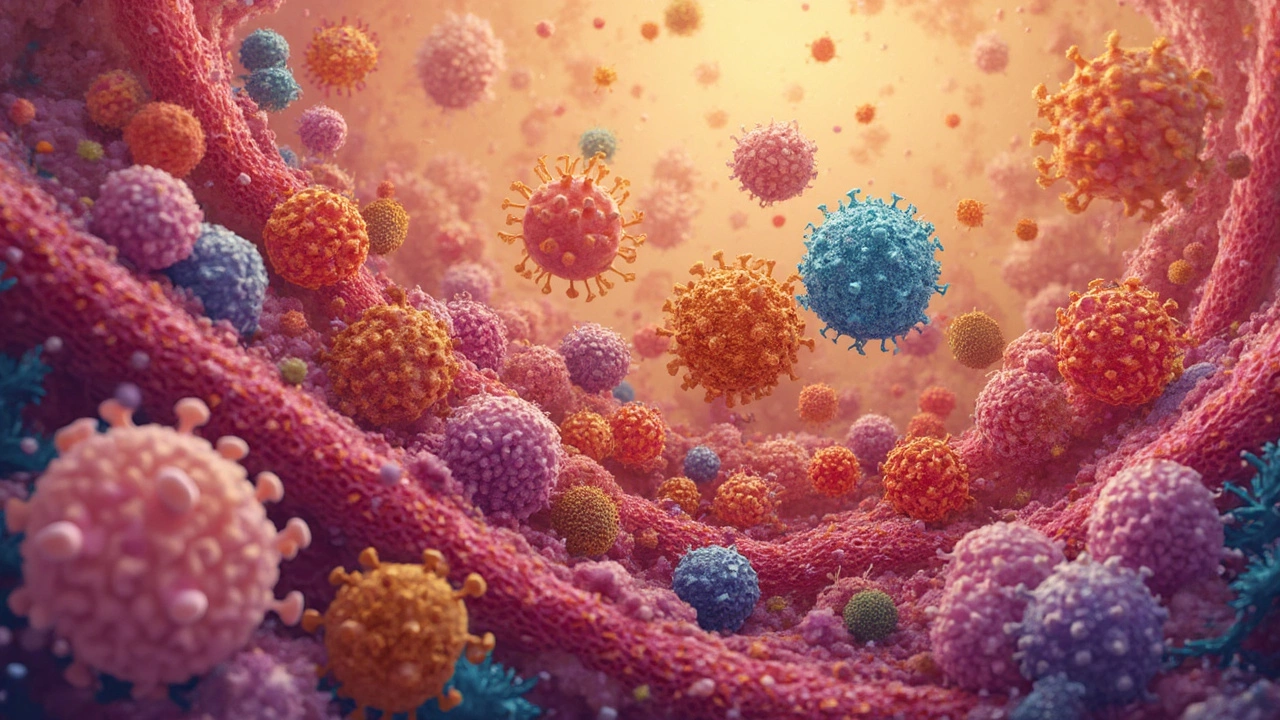Cancer Types: What You Need to Know About Diagnosis, Recovery, and Support
When someone is diagnosed with cancer, a group of diseases characterized by uncontrolled cell growth that can spread to other parts of the body. Also known as malignant tumors, it affects millions in India every year — not just physically, but emotionally and functionally too. Not all cancers are the same. Breast cancer, a common type affecting women, often requiring surgery, chemo, and long-term rehab, looks very different from lung cancer, frequently linked to smoking or air pollution, and often leads to reduced breathing capacity. Then there’s prostate cancer, slow-growing but impactful on mobility and pelvic function, and colon cancer, which can cause lasting bowel issues even after removal. Each type has its own treatment path, side effects, and recovery needs.
What most people don’t talk about is what happens after chemo, after surgery, after the scans come back clear. The body doesn’t just bounce back. Muscles weaken. Balance fades. Fatigue sticks around. Nerves get damaged. Many patients struggle to walk, climb stairs, or even hold a cup without shaking. That’s where cancer rehabilitation comes in — not as an afterthought, but as a core part of healing. Physiotherapy doesn’t cure cancer, but it helps you reclaim your life. It rebuilds strength after a mastectomy. It restores breathing after lung surgery. It reduces swelling from lymph node removal. It helps you sleep, move, and feel like yourself again. This isn’t about fitness goals. It’s about regaining the ability to hug your grandchild, walk to the market, or sit through a movie without pain.
Recovery isn’t just physical. The mental toll of cancer — fear, anxiety, depression — can be heavier than the illness itself. And while therapy and medication help, movement plays a quiet, powerful role. Gentle motion reduces stress hormones. Controlled breathing calms the nervous system. Even small daily walks can break the cycle of isolation and hopelessness. The people who recover best aren’t always the ones with the latest drugs. They’re often the ones who move, even a little, every day.
In this collection, you’ll find real stories and practical advice from people who’ve walked this path. You’ll learn how to manage pain after radiation, why swelling happens after lymph node surgery, and what exercises are safe when your white blood cell count is low. You’ll see how physiotherapy helps with nerve damage from chemo, how to rebuild core strength after abdominal surgery, and why rest isn’t always the answer. These aren’t generic tips. They’re lessons from clinics in India, where therapists work with patients who have limited resources but huge determination.
-
24
Understanding that most cancers (90% of them) are carcinomas can dramatically affect treatment strategies and prognosis. Carcinomas primarily stem from epithelial cells, which cover organs and skin, making them quite prevalent. This article delves into why these cancer types are so common, explores the subcategories of carcinomas, and discusses how this impacts treatment approaches. We share insights on prevention and the critical role of early detection, offering practical tips for a proactive approach to health.
